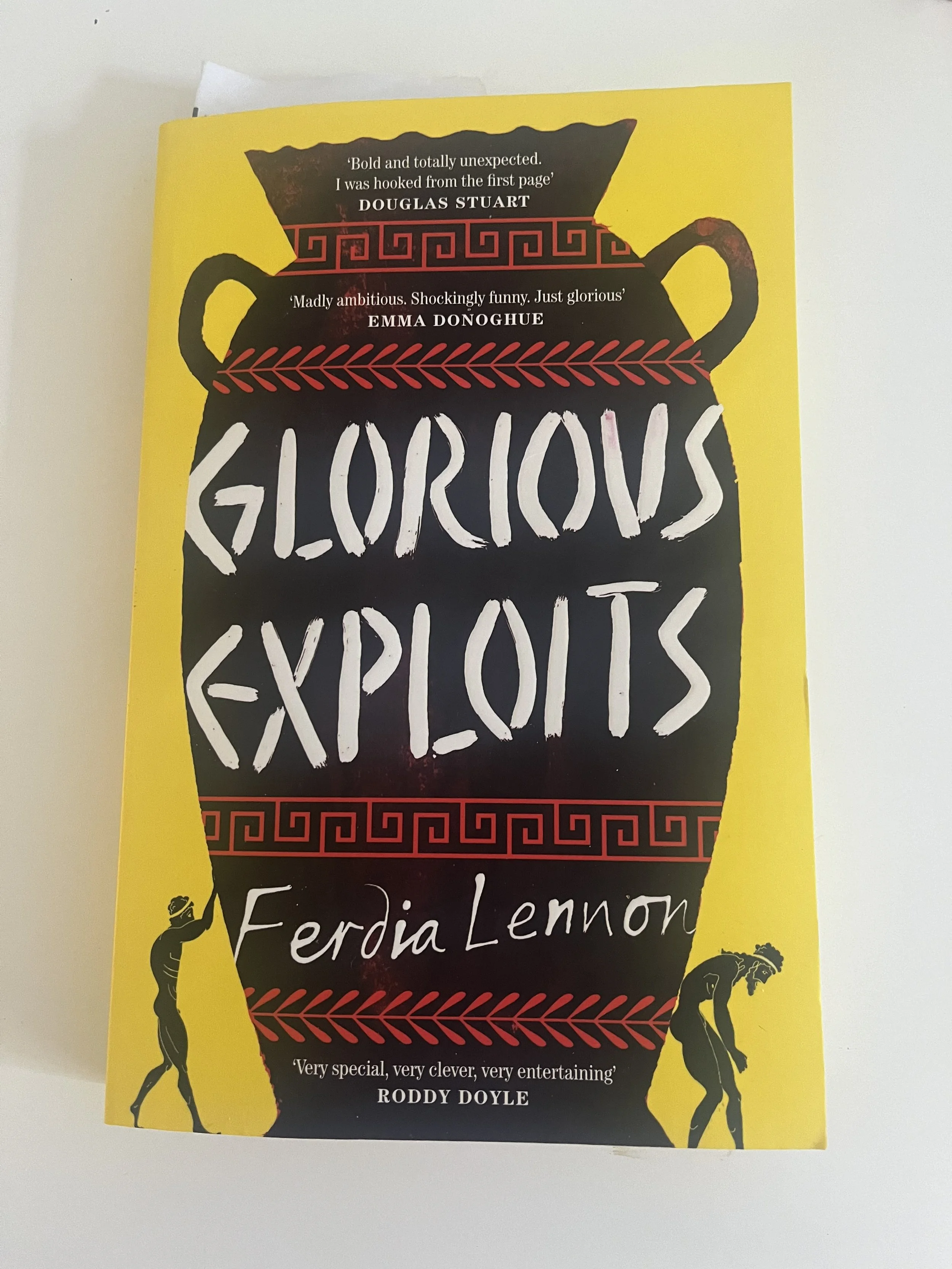The 5th Form at St. Dominic's. Talbot Baines Reed
This was a fascinating read for many reasons. Right at the start of the book (in numerous short chapters as it was originally pub lished as a serial), there were a number of elements that one would never see today but which here were clearly seen as the normal of that time and place. The most jarring of these, although it occurred only once, was the casual reference by one older boy to a younger as being an ‘avaricious young Jew’ which passed with no reaction from anyone else in the scene. This was the only time there was such blatant anti-Semitism, perhaps because it was the norm for that place and that time with these people.
Another intriguing element was the homosocial element of the boys’ relationships to each other. Throughout the book, there were numerous references to boys walking off hand-in-hand or with their arms around each others’ shoulders. But there was never the slightest hint anytime that this occurred that there was any sexual feeling or emotion in it. And the only time where it may be said that there was that possibility was towards the end where to previously best friends reconciled and the language used was very powerful and emotional. I suspect that this maybe fitted in with the great emphasis on Classical education and close and intimate friendships – but again without any sort of sexual element. This violence was also reflected, to degree, in the language used by the boys about each other – a casual reference (his permanent nickname it seemed) to a not so bright boy as the ‘donkey’ of the year.
The religious element (apparently very common and emphatic in most of the books of this nature at the time) was not so prominent although there were a few emphatically moralizing moments, often emphasized by us hearing directly the authorial voice and in the present tense – a rather jarring stylistic feature. And ‘idleness’, in whatever form, certainly came across as one of the worst sins.
You needed a good knowledge of rugby as there were several very detailed accounts of matches, one of which of great dramatic importance but this was understandable, given the values that were being embodied and embedded in the story. In terms of lessons, English Maths and, very dominantly, Latin and Greek were the key elements – the education required for an English Gentleman and there was no reference at all to any sciences.
A fascinating read – but I’m not sure I need to read any more of this historical genre.


